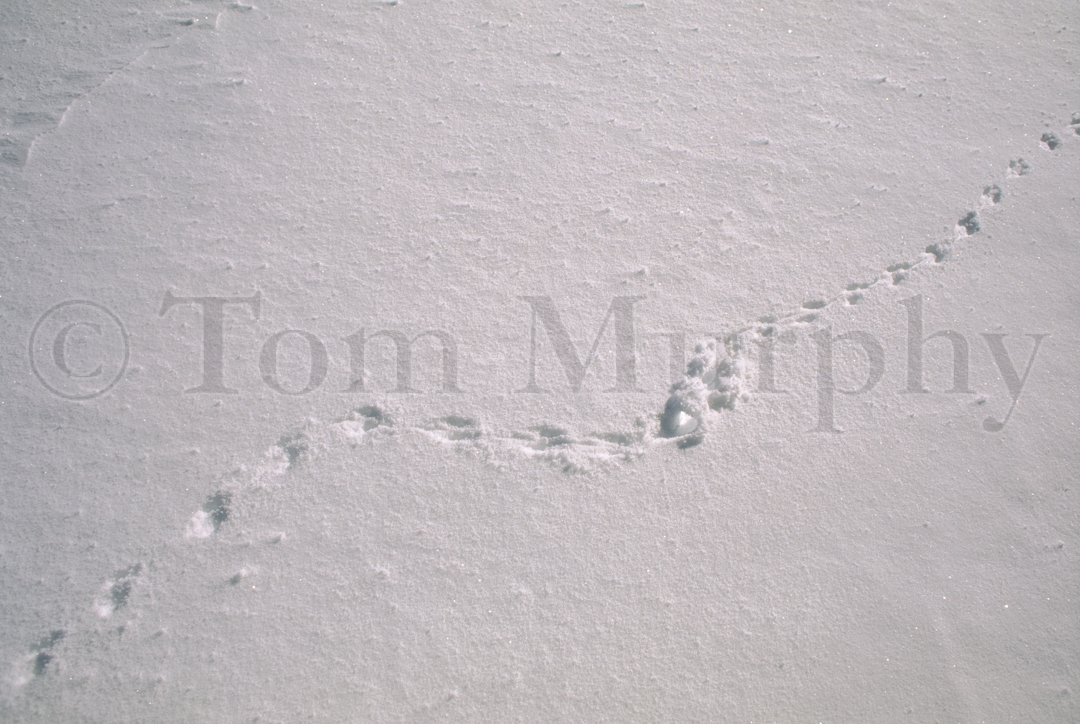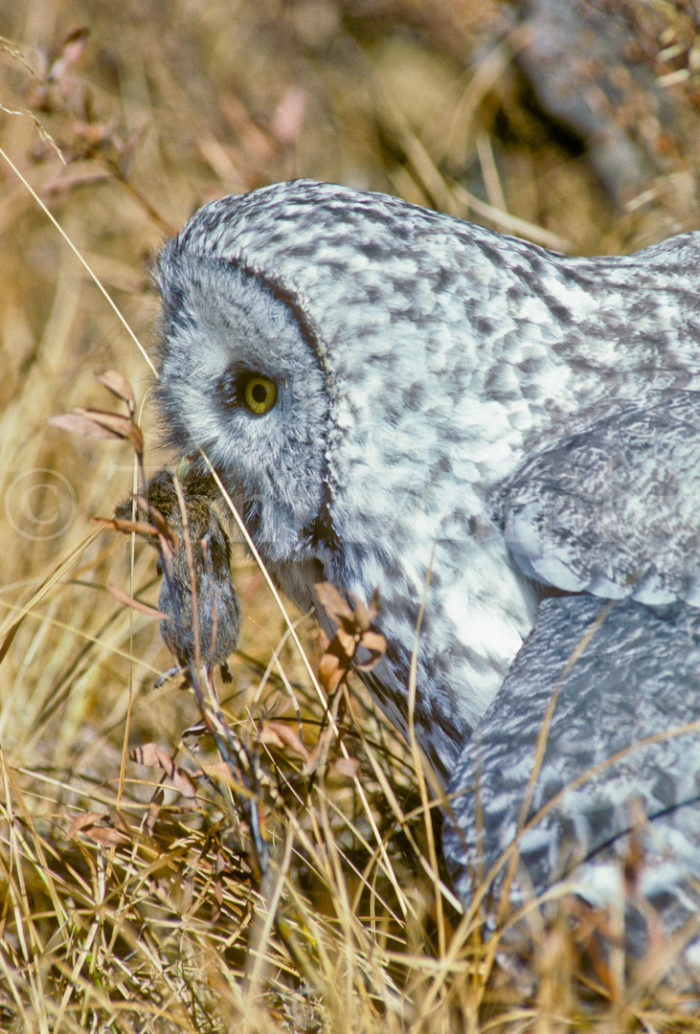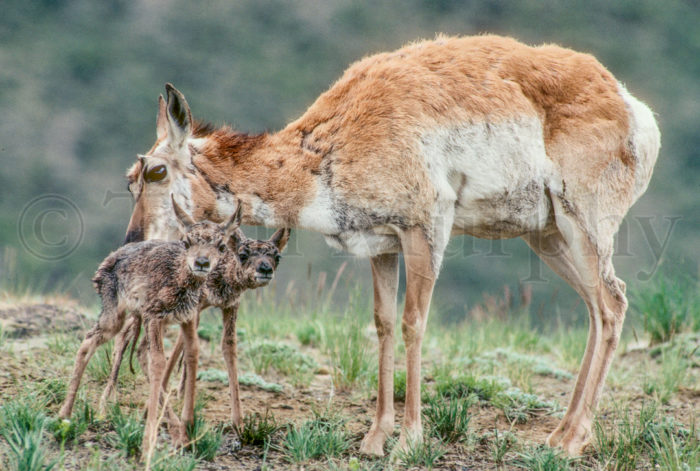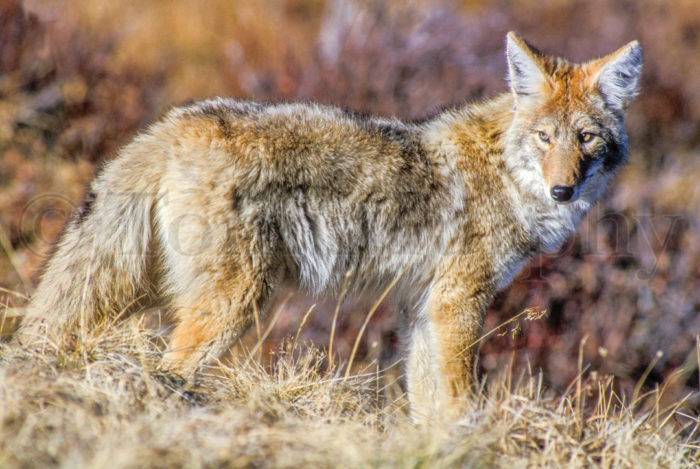Description
Much of Yellowstone seasonal activity, like insect, bird, and mammal movements, slows down or ends in the winter. When we look out over a snowy surface we may have seen little activity, but upon close inspection we are often surprised at the high level of activity written by tracks in the snow. The most common tracks are those made by the wind. The wind pushes across the grass, leaves, and other vegetation, moving the flexible stems in fluid waves, twists, and whorls. After the force of a summer wind passes we rarely see this energy recorded in any way because the grasses stand back up straight, the flowers face again toward the sun, and the pine branches arc back slightly up toward the stars. Winter winds will pick up and push and slide the snow crystals along creating curves, arcs, bowls and cold sensuous forms that have a semi- permanency to them. They may soon be covered up by new snow or obliterated by a succeeding wind event, but there is a constant ephemeral record being made of the wind movements. Objects will tumble and slide along the snowÛªs surface, clumps will break loose on the steep slopes and slide, roll and bounce down a drift, each event being recorded in sometimes beautiful tracks. Wildlife leave tracks from their passing. If we pay attention, we can see a brief record of their lives. Sometimes it is of a life and death struggle. Sometimes it is merely of a search for an easy route through or over the snow.
